Under the general heading of Temurah several systems may be grouped and explained in which various letters are substituted for other letters according to prearranged tables or certain mathematical arrangements of letters, regular or irregular. Thus the alphabet may be broken into two equal parts and written in horizontal lines so that the letters of the lower row can be exchanged for those of the upper row, or vice versa. By this procedure the letters of the word Kuzu may be exchanged for those of IHVH, the Tetragrammaton. In another form of Temurah the letters are merely rearranged., שתיה is the stone which is found in the center of the world, from which point the earth spread out on all sides.
THE VISION OF EZEKIEL.
From The “Bear” Bible. This plate, which is from the first Protestant Bible published in Spanish, shows the Mercavah, or chariot of Jehovah, which appeared to Ezekiel by the river Chebar. The prophet beheld four strange creatures (E), each having four heads, four wings, and brazen hoofs like those of a calf. And there were four wheels (F) filled with eyes. Where the cherubim went the wheels went also. The space between the cherubim and the wheels was filled with coals of fire. Upon the top of the chariot was a throne, upon which sat the likeness of a man (H). Ezekiel fell upon his knees when he beheld the Mercavah surrounded by a whirlwind of clouds and flames (A, B, C). A hand (K) reached out from the clouds and the prophet was ordered to eat of a scroll which the hand held forth.
According to the mystics, the wheels supporting the throne of God represent the orbits of the planets, and the entire solar system is properly the Mercavah, or chariot of God. One of the divisions of the Qabbalah–that dealing with the arts and sciences of those planes which are under the heavens–is called the Mercavah. In the Zohar it is written that the celestial throne or Ezekiel’s vision signifies the traditional law; the appearance of a man sitting upon the throne represents the written law, Philo Judæus in describing the cherubim upon the Ark of the Covenant declares that the figures are an intimation of the revolutions of the whole heavens, one of the cherubim representing the outer circumference and the other the inner sphere. Facing each other, they represent the two hemispheres of the world. The flaming sword of the cherubim of Genesis is the central motion and agitation of the heavenly bodies. In all probability it also represents the solar ray.
p. 126
[paragraph continues] When broken in two the stone is שת יה, which means “the placing of God.”(See Pekudei Rakov, 71, 72.) Again, Temurah may consist of a simple anagram, as in the English word live, which reversed becomes evil. The various systems of Temurah are among the most complicated and profound devices of the ancient Rabbins.
Among theological scholars there is a growing conviction that the hitherto accepted translations of the Scriptural writings do not adequately express the spirit of the original documents.
“After the first copy of the Book of God,” writes H. P. Blavatsky, “has been edited and launched on the world by Hilkiah, this copy disappears, and Ezra has to make a new Bible, which Judas Maccabeus finishes; * * * when it was copied from the horned letters into square letters, it was corrupted beyond recognition; * * * the Masorah completed the work of destruction; finally, we have a text, not 900 years old, abounding with omissions, interpolations, and premeditated perversions.” (See Isis Unveiled.)
Prof. Crawford Howell Toy of Harvard notes: “Manuscripts were copied and recopied by scribes who not only sometimes made errors in letters and words, but permitted themselves to introduce new material into the text, or to combine in one manuscript, without mark of division, writings composed by different men; instances of these sorts of procedure are found especially in Micah and Jeremiah, and the groups of prophecies which go under the names of Isaiah and Zachariah.” (See Judaism and Christianity.)

Moe is the founder of GnosticWarrior.com. He is a father, husband, author, martial arts black belt, and an expert in Gnosticism, the occult, and esotericism.


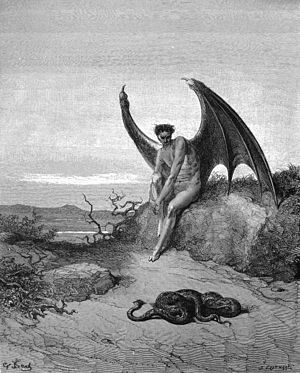

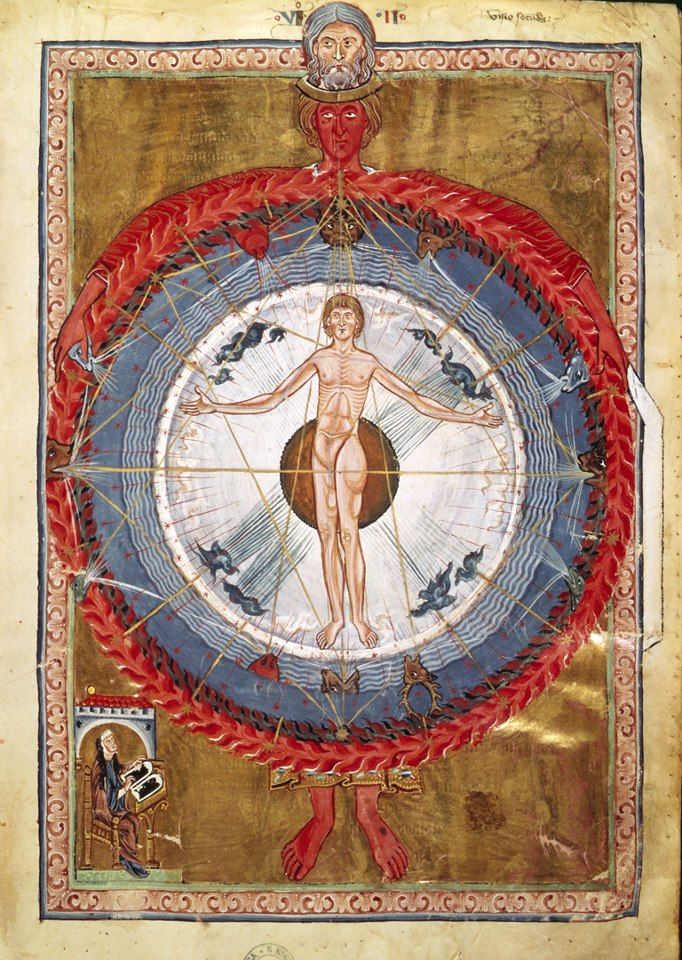
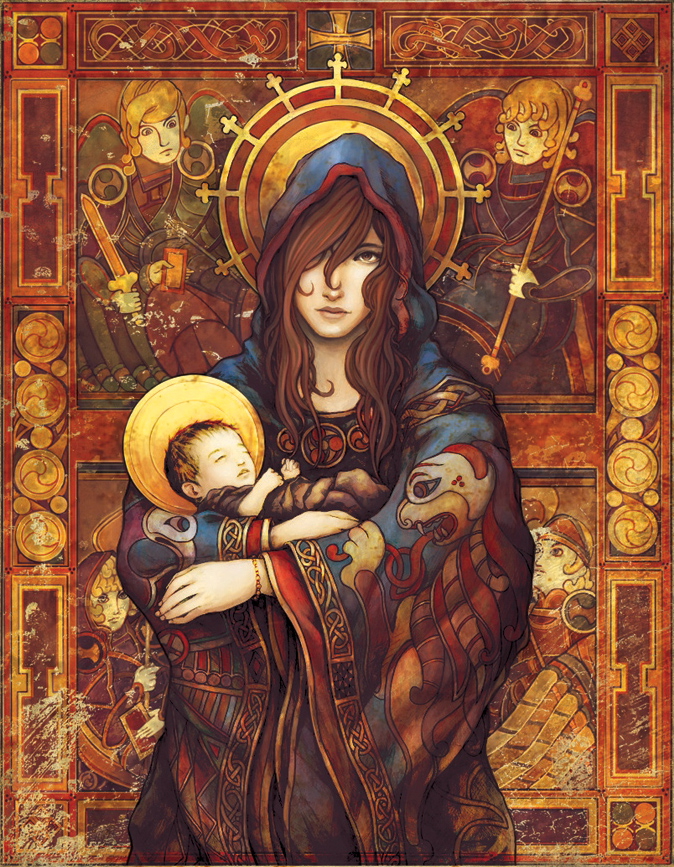
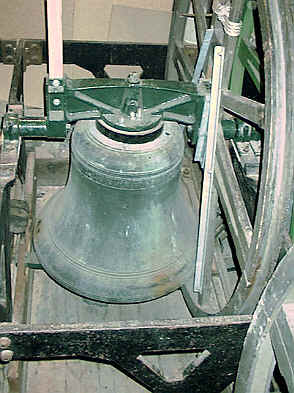
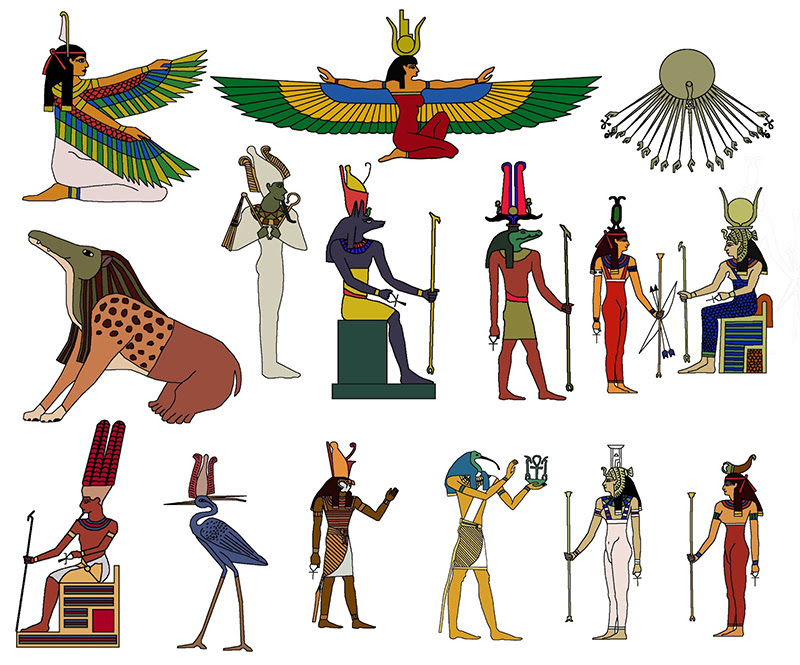
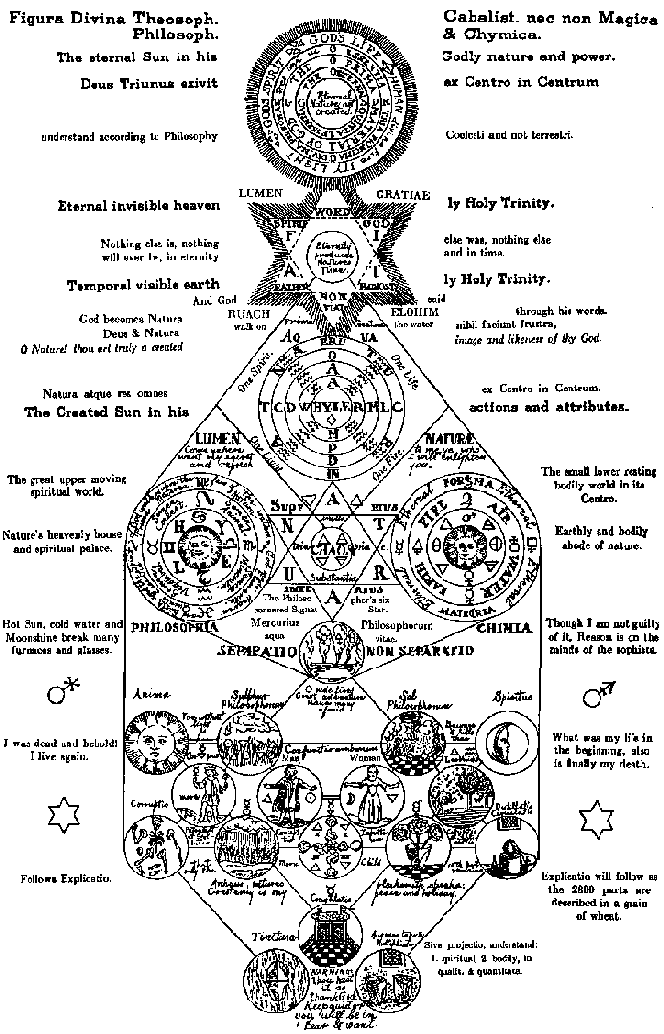
![The Serpent entwined round an [Orphic] Egg referred to the creation of the Universe Ouroboros](https://www.gnosticwarrior.com/wp-content/uploads/2015/11/Ouroboros.jpg)